Oklahoma State University’s (OSU) Unmanned Systems Research Institute (USRI) is now permitted to operate a swarm of fixed-wing unmanned aircraft systems (UAS) with one pilot.
According to the institute, it has become the first in the U.S. to receive Federal Aviation Administration (FAA) approval to fly an unmanned fixed-wing aircraft swarm within national airspace. This flight authorization will permit a single pilot – along with visual observers for safety – to operate up to 20 fixed-wing drones.
Jamey Jacob, professor of mechanical and aerospace engineering and director of USRI at OSU, says research started four years ago to prove that flying a swarm of unmanned fixed-wing aircraft is possible.
“One of the things we do really well at OSU is fixed-wing unmanned aircraft. They’re much more difficult to control and operate than rotary-wing,” he says. “There’s a lot more computing power and algorithm development for a fixed-wing swarm to work. Using intelligent flight management and path planning systems, the aircraft communicate with each other in flight.”
The configuration developed by OSU researchers creates a “swarm of swarms,” through which groups of UAS fly within smaller flocks as part of a larger swarm, communicating with a local group leader, who then coordinates flights with the overall swarm formation.
Jacob says UAS swarms could, for example, gather new information during thunderstorms, map a wildfire or measure gas levels around an industrial plant.
“Swarms are the future of autonomous flight,” Jacob adds. “This unique, first-of-its-kind approval just takes us one step closer to demonstrating for the first time the safe and efficient autonomous flight that will be commonplace in years to come.”
“It is incredible to be a part of such groundbreaking research as OSU paves the way ahead for expanded autonomous operations,” notes Gary Ambrose, research development manager and adjunct professor of mechanical and aerospace engineering at OSU. “This step opens the door for many of our research partners and sponsors as we expand their UAS operability and capability.”


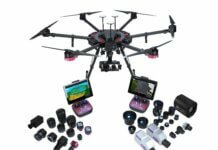

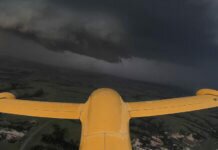
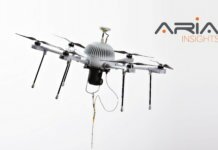
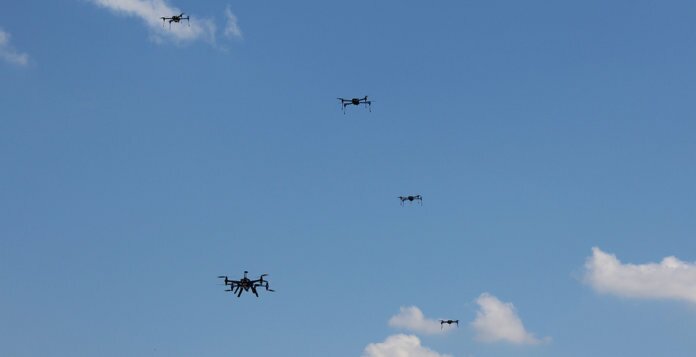
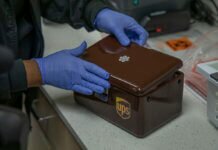

Leave a Comment
Your email address will not be published. Required fields are marked *